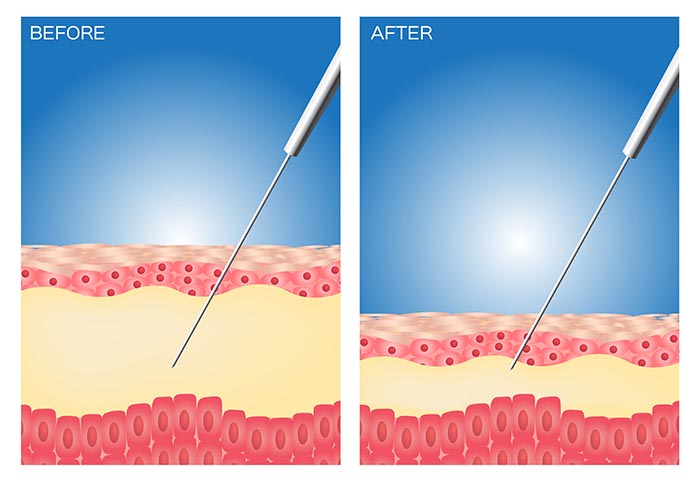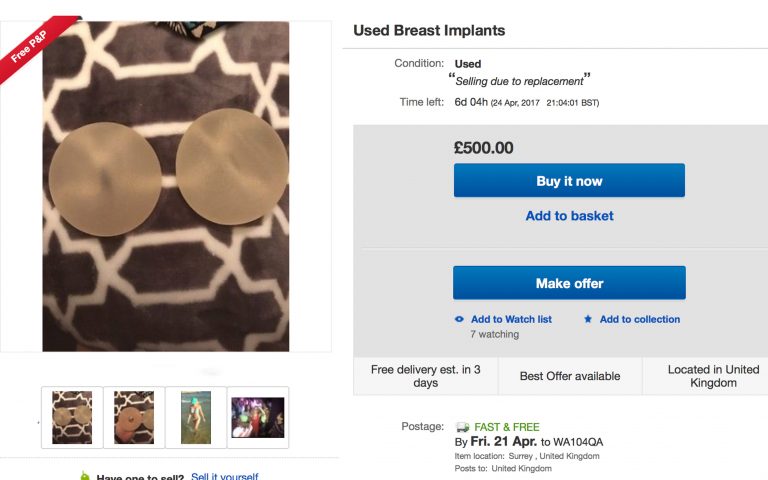Dr Ash Dutta had the opportunity to travel to Sweden and perform a Transaxillary Breast Augmentation, Dr Ash explains what is involved in this process.
The advantages of a Transaxillary Breast Augmentation are huge however, there are of course some disadvantages too. As a cosmetic surgeon it is important to cater every operation to the individual patient’s needs and wants. In Transaxillary Breast Augmentation the scar is of course in the axillary other known as under the armpit.
The incision is made and within a centimetre we can find the edge of the muscle and then the implant can be inserted relatively easily. However, some patients do not like the implants being inserted as it can be more painful. Further elaborating on the patient’s individual needs being different, for example a model or someone who will show off their body a lot for professional or whatever reason, may not want the scar in the normal position. There has been information given to cosmetic surgeons showing that a Transaxillary Breast Augmentation may carry a slightly larger risk of infection or capsule contraction.
If you would like to book a consultation or talk to somebody at Aesthetic Beauty Centre, feel free to either book online or contact us here.


